Dabby Duck
Well-Known Member
Yeah I looked at them for £500 but I don't really have 1000 spare hoping to spend around £500ish but I need two
I'll pm you.
How To Use Progressive Web App aka PWA On 420 Magazine Forum
Note: This feature may not be available in some browsers.
Yeah I looked at them for £500 but I don't really have 1000 spare hoping to spend around £500ish but I need two
 they are having a great time with Mars lights,haha
they are having a great time with Mars lights,haha thanks for sharing with us your pics
thanks for sharing with us your pics


Just had a trim
 May i know your growing space? It will be better to recommend you a light based on your growing space.
May i know your growing space? It will be better to recommend you a light based on your growing space. If you are looking for a 400w-600w LED grow light,you can check out the Mars Pro II Epistar160,the draw power:352W±5% ,can replace a 400w HPS,it can cover 2'x3' growing area.As you are a 420member,i can give you a coupon code:marshydro,with this code you can place order on our official website,and it will be long-term-effective.
If you are looking for a 400w-600w LED grow light,you can check out the Mars Pro II Epistar160,the draw power:352W±5% ,can replace a 400w HPS,it can cover 2'x3' growing area.As you are a 420member,i can give you a coupon code:marshydro,with this code you can place order on our official website,and it will be long-term-effective.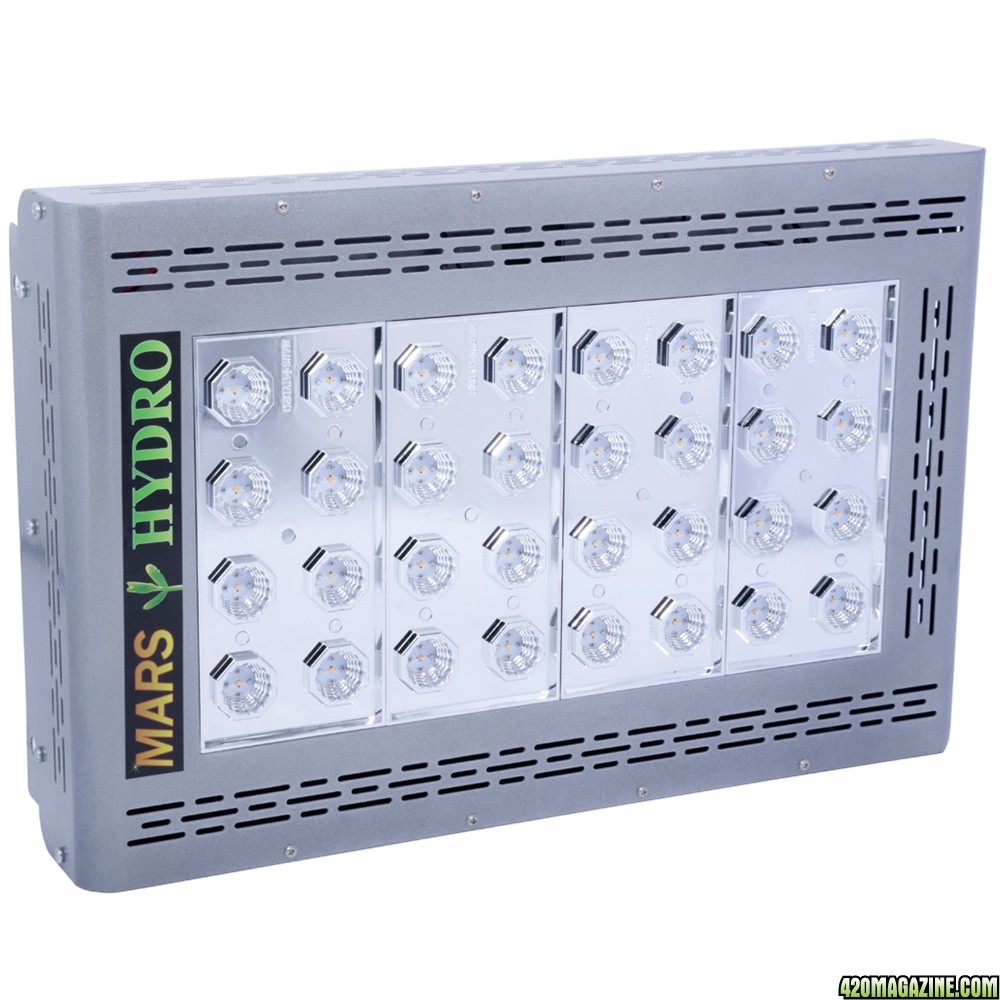
Alright guys am running hps ATM but switching to a mars hydro next time round I been advised on the hydro pro but the problem is there price I was wondering what sort of yields your look at with other mars hydros am looking for one with a rough output of 400w/600w 600 ideally but 400 if I don't have the cash when I need it let us know what you's think and also which mars hydro puts out around 600 as I hear the mars hydro 400 doesn't put out 400w?
 Mars Pro II series lights are the best light among all of our lights so far,it with upgarded chips and driver,with higher power and intensity compare to our other series lights.
Mars Pro II series lights are the best light among all of our lights so far,it with upgarded chips and driver,with higher power and intensity compare to our other series lights. How about the temperature in your 2pcs Mars Pro II Epistar160 at your growing room?
How about the temperature in your 2pcs Mars Pro II Epistar160 at your growing room?
Epistar and cree are the newest models. Epistar 320 puts out like 750 and so does cree 256. I have 2 of the epistar 160's and they push about 375 each from the wall. Cree 128 is about the same. I think that the big square reflector puts out around 450. Not sure on the mars 2 line.
 Yeah,usually multiple lights will be better to cover your growing space,may i know your growing room?
Yeah,usually multiple lights will be better to cover your growing space,may i know your growing room?
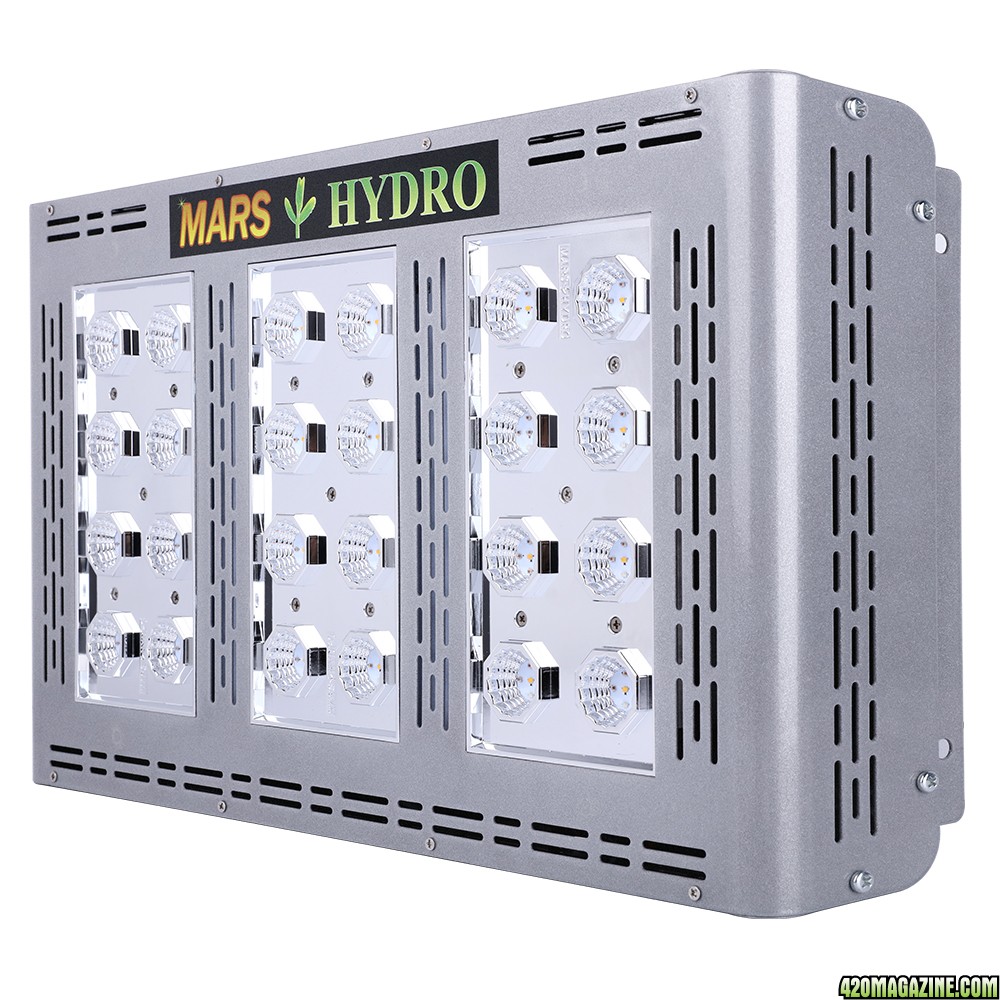
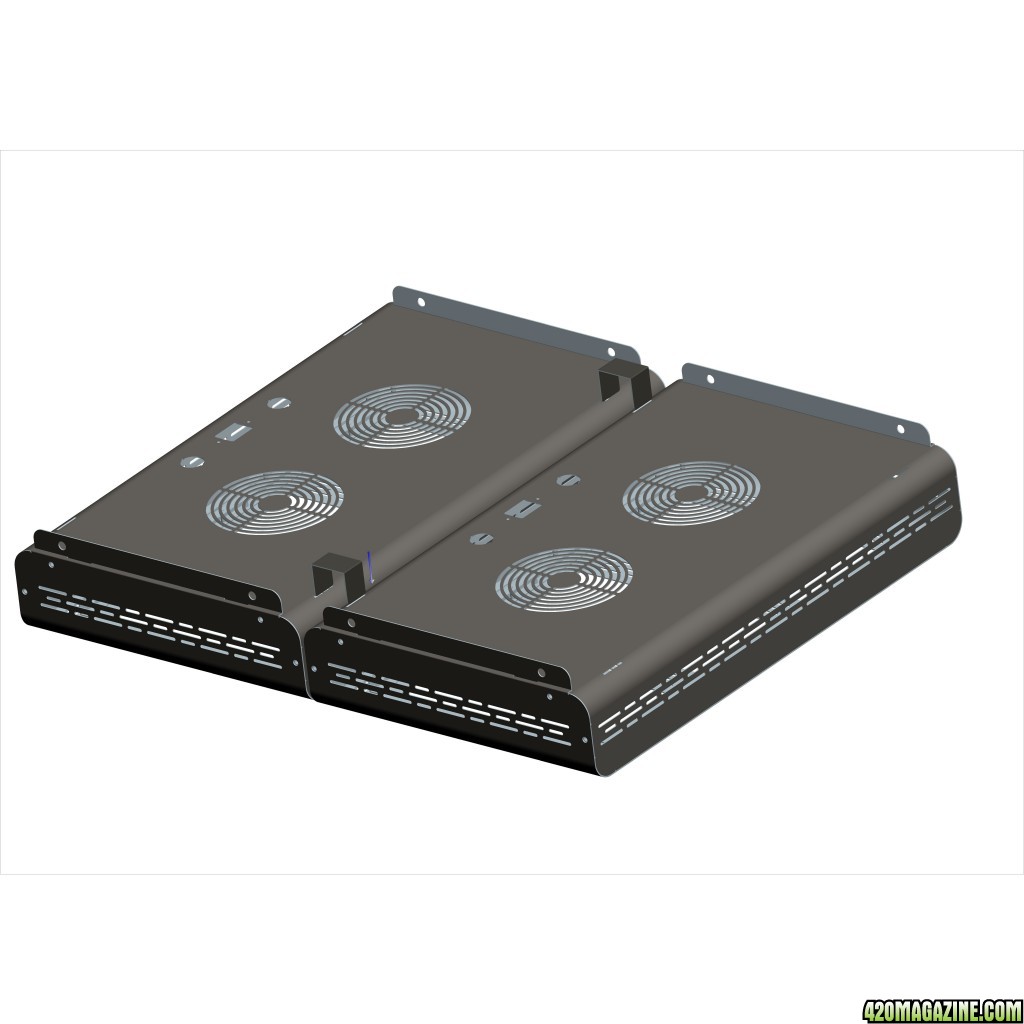
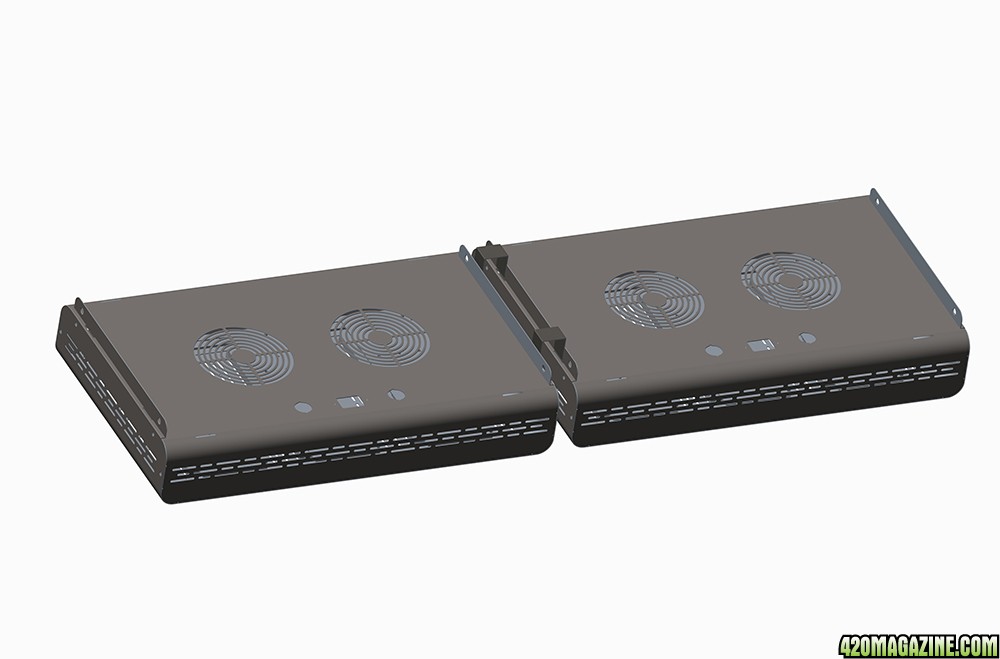
Yeah I looked at them for £500 but I don't really have 1000 spare hoping to spend around £500ish but I need two
Mars Pro II series lights are the best light among all of our lights so far,it with upgarded chips and driver,with higher power and intensity compare to our other series lights.
How about the temperature in your 2pcs Mars Pro II Epistar160 at your growing room?


 the temperature isn't high there.
the temperature isn't high there. 
Everything is great Sarah. Got a little light burn the first night because they are so strong and the penetration is fantastic. Temps are good though.
That is since I put them up 5 days ago.
 As the summer holiday is coming,many families may go on their trips,and no one will be at home when their package arrive,so we can not make sure you will receive the package safely.
As the summer holiday is coming,many families may go on their trips,and no one will be at home when their package arrive,so we can not make sure you will receive the package safely.

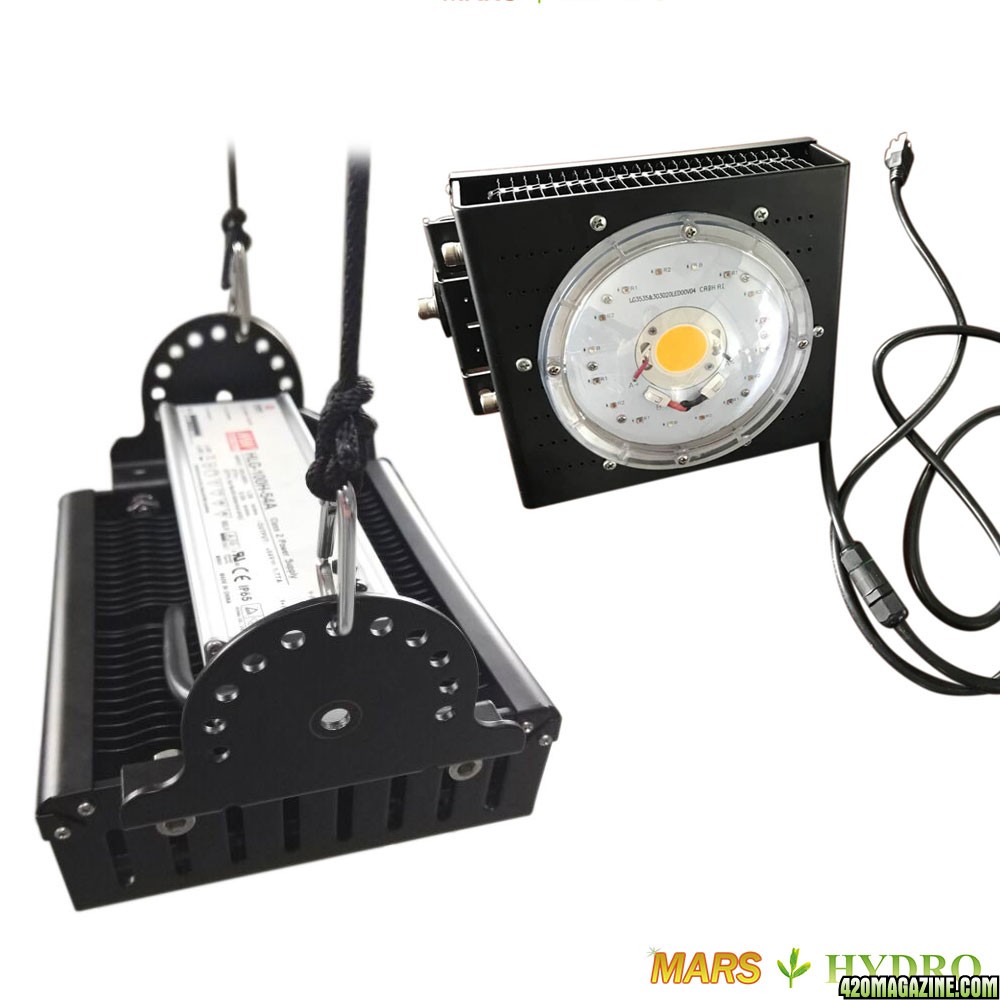
how many of you guys would like to use this slient LED COB light? install with heatsink,without fans.

 ..
..
 May i know that you guys perfer purchase goods from ebay,Amazon or Mars-hydro official website?
May i know that you guys perfer purchase goods from ebay,Amazon or Mars-hydro official website? everything looks good in your growing room,all your plants are in good condition,that's great
everything looks good in your growing room,all your plants are in good condition,that's great
I would give it a try for you Sarah.
By the way my plants are all accustomed to the new lights. They are loving the epistar 160's. Gonna flip them over to flower on Sunday ....

May i know that you guys perfer purchase goods from ebay,Amazon or Mars-hydro official website?